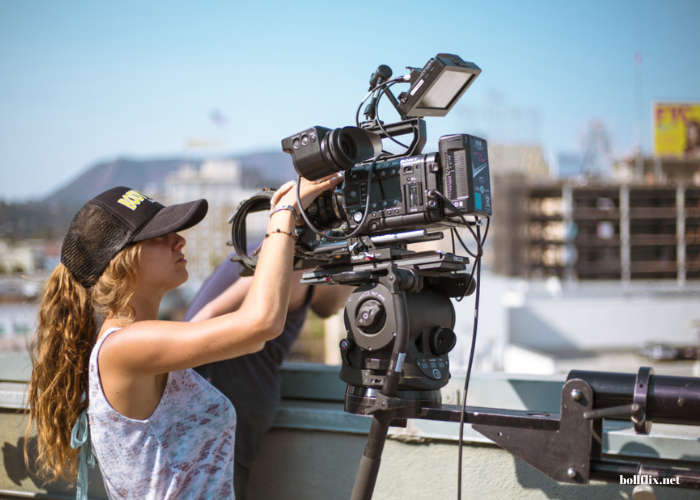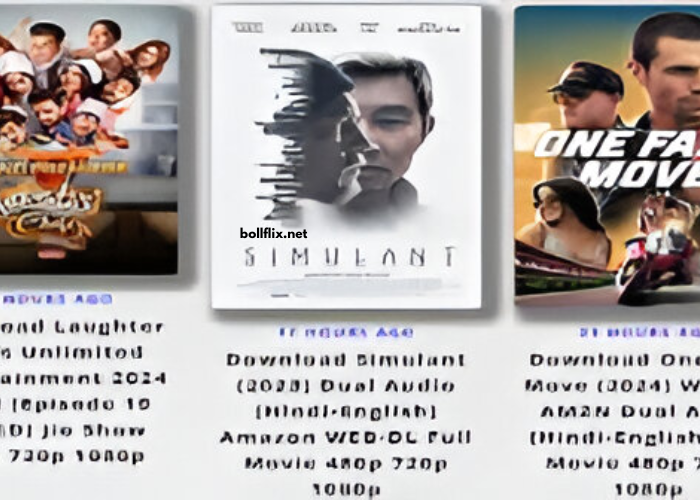Filmmaking is a captivating art form that transforms a mere concept into a fully realized visual experience. The journey from script to screen is a complex process that involves multiple stages and the collaboration of numerous professionals. Each phase, from initial conception to final release, is integral to bringing a story to life and making it resonate with audiences. This article delves into the intricacies of this journey, exploring the essential steps and the dynamic interplay of creativity, technology, and expertise that shape a film.
Conceptualization and Scriptwriting
The filmmaking journey begins with the inception of an idea. This initial concept is the foundation upon which the entire project is built. Writers, often in collaboration with producers or directors, develop this idea into a detailed screenplay. The script serves as the blueprint for the film, outlining dialogue, characters, and essential plot points.
Screenwriting is both an art and a craft. Writers must craft compelling narratives that engage audiences while adhering to the structural conventions of screenplay format. This stage involves extensive brainstorming, outlining, and drafting, often with multiple revisions. Feedback from industry professionals, such as script consultants or development executives, can play a crucial role in refining the script before it moves forward.
Pre-Production
Once the script is finalized, the pre-production phase begins. This stage is crucial as it sets the groundwork for the entire film. Pre-production involves several key activities:
Budgeting and Financing: Producers work on securing financing to bring the script to life. This involves creating a budget that covers all aspects of production, including cast and crew salaries, locations, equipment, and post-production costs. Funding can come from various sources, including investors, production companies, and grants.
Casting: Finding the right actors for the roles is essential. Casting directors hold auditions and make recommendations to the director and producers. The chemistry between actors and their ability to embody the characters are critical factors in the casting process.
Location Scouting: Filmmakers identify and secure locations where the scenes will be shot. This involves scouting various sites to find the ones that best match the script’s requirements and logistical considerations.
Production Design: The production designer creates the visual style of the film. This includes designing sets, choosing color palettes, and working on props and costumes. The goal is to create a cohesive visual narrative that supports the story.
Production
Production is the phase where the film is actually shot. It involves several key elements:
Directing: The director oversees the creative aspects of the film, guiding actors’ performances and ensuring that the vision for the film is realized. They collaborate closely with the cinematographer, production designer, and other key departments to achieve the desired aesthetic and emotional impact.
Cinematography: The cinematographer, or director of photography, is responsible for capturing the film’s visuals. This involves setting up shots, determining camera angles, and managing lighting to enhance the mood and tone of the film.
Sound and Music: Sound design and music are integral to filmmaking. Sound engineers record dialogue, ambient sounds, and other audio elements. Composers create original scores that complement the film’s narrative and emotional tone.
Acting: The actors bring the characters to life, delivering performances that convey the script’s emotions and themes. Their interpretation of their roles can significantly influence the film’s impact.
Post-Production
Post-production is where the film starts to take its final shape. This stage includes:
Editing: Editors assemble the footage into a cohesive narrative. This process involves selecting the best takes, cutting and rearranging scenes, and ensuring that the film flows smoothly. The editor works closely with the director to realize their vision for the film.
Visual Effects (VFX): For films requiring special effects, VFX artists create and integrate digital elements into the footage. This can range from subtle enhancements to complex sequences involving CGI.
Sound Editing and Mixing: The sound editor refines the audio, ensuring clarity and balance. Sound mixing involves blending dialogue, music, and sound effects to create a polished audio experience.
Color Grading: Colorists adjust the film’s color palette to enhance its visual appeal and mood. This process can involve correcting colors, creating specific looks, and ensuring consistency across scenes.
Distribution and Marketing
With the film complete, the focus shifts to distribution and marketing. This phase involves:
Film Festivals and Screenings: Films are often submitted to festivals where they can gain exposure and potentially attract distributors. Screenings allow industry professionals and critics to view the film before its wider release.
Marketing and Promotion: A comprehensive marketing strategy is developed to promote the film. This includes creating trailers, posters, and social media campaigns to build anticipation and attract audiences.
Distribution: Distributors work on securing deals for the film’s release in theaters, on streaming platforms, or through physical media. The distribution strategy depends on the film’s target audience and market potential.
Reception and Impact
The film’s release marks the culmination of the filmmaking journey. Audience reactions, critical reviews, and box office performance contribute to the film’s success and impact. The feedback received can influence future projects and contribute to the ongoing evolution of the filmmaker’s career.
Conclusion
The journey from script to screen is a multifaceted process that requires the collaboration of talented individuals across various disciplines. From the initial concept to the final release, each phase of filmmaking plays a critical role in shaping the final product. Understanding this journey provides insight into the complexity of film production and the dedication required to bring a story to life. As technology and industry practices continue to evolve, the filmmaking process will undoubtedly adapt, offering new opportunities and challenges for creators in the ever-expanding world of cinema.



